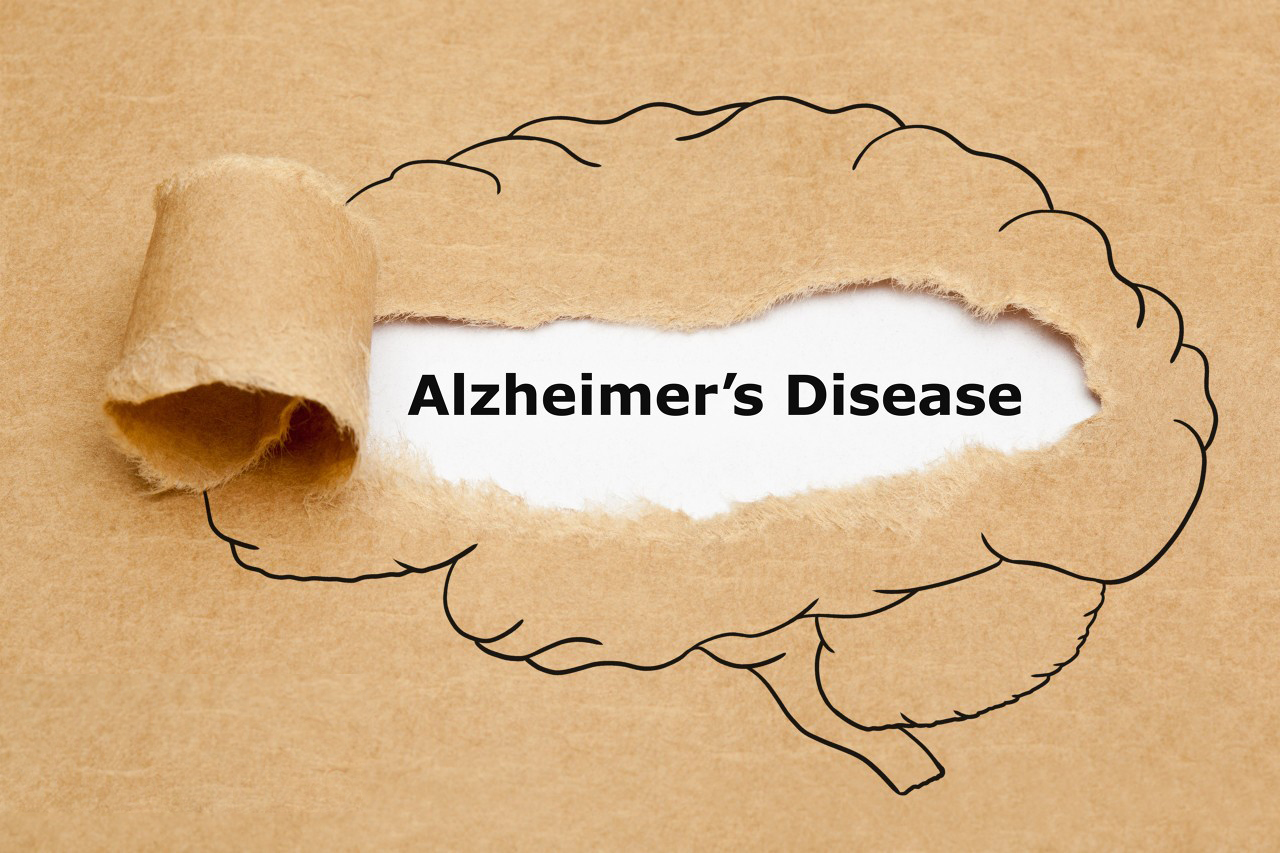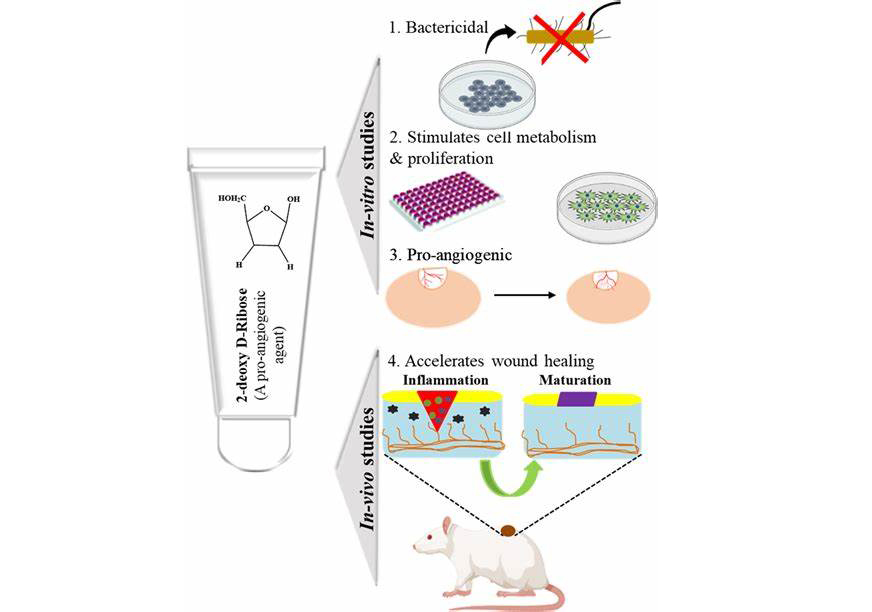2-Deoxy-D-Ribose is a crucial sugar in biological systems, primarily known for its role as a component of deoxyribonucleic acid (DNA). Here are its key biological functions:
1. Structural Role in DNA
Forms the sugar backbone of DNA by linking to phosphate groups and nitrogenous bases.
The absence of a hydroxyl (-OH) group at the 2′ position (compared to ribose in RNA) increases the stability of DNA.
2. Role in Nucleotide Synthesis
Serves as a precursor for deoxyribonucleotides (dATP, dTTP, dGTP, dCTP) necessary for DNA replication and repair.
Produced via the pentose phosphate pathway through the enzyme ribonucleotide reductase.

3. Metabolic Functions
Can be metabolized into simpler molecules via glycolysis after conversion into intermediates.
Participates in salvage pathways for nucleotide recycling.
4. Cellular Signaling & Apoptosis
Some studies suggest 2-Deoxy-D-Ribose has pro-apoptotic properties, influencing programmed cell death in certain cellular contexts.
5. Role in Reactive Oxygen Species (ROS) Formation
Can be involved in oxidative stress-related pathways, contributing to free radical generation.
6. Influence on Aging and Disease
DNA integrity, affected by 2-Deoxy-D-Ribose modifications, is crucial in aging and cancer development.
Would you like a more detailed breakdown of its metabolism or involvement in specific diseases?
2-Deoxy-D-Ribose VS D-Ribose
2-Deoxy-D-Ribose and D-Rbose are both sugars (pentoses) that play crucial roles in biological systems, but they have distinct structures and functions. Here’s a comparison:
Structural Differences
- 2-Deoxy-D-Ribose: Lacks an oxygen atom on the 2′-carbon of the sugar ring, meaning it has a hydrogen (-H) instead of a hydroxyl (-OH) group.
- D-Ribose: Has a hydroxyl (-OH) group on the 2′-carbon.
Functional Differences
2-Deoxy-D-Ribose:
- Found in DNA (deoxyribonucleic acid).
- The absence of the 2′-OH group makes DNA more chemically stable, which is crucial for long-term genetic storage.
D-Ribose:
- Found in RNA (ribonucleic acid) and important biomolecules like ATP, NADH, and FAD.
- The presence of the 2′-OH makes RNA more reactive and less stable than DNA.

Biological Implications
- The structural difference influences DNA vs. RNA function: DNA is more stable for genetic storage, while RNA can be more dynamic and involved in protein synthesis.
- Ribose is also a key energy source in metabolism, as it forms the backbone of nucleotides and nucleic acids.
Would you like a diagram to visualize the differences?
